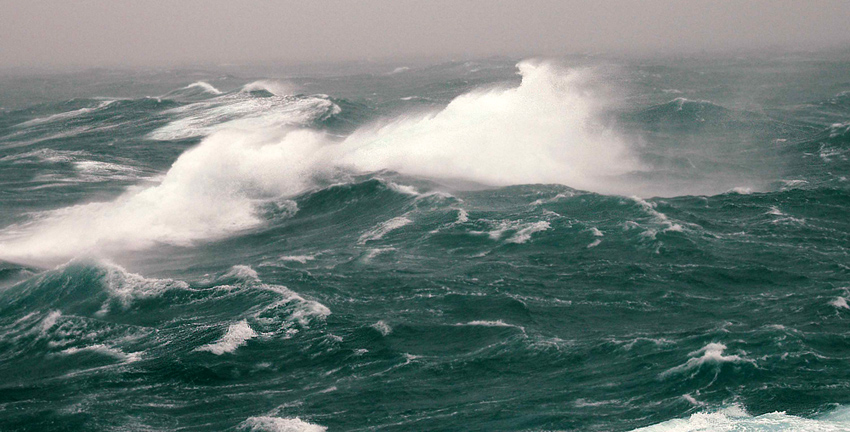
Our present work will, therefore, focus on the subsurface vortex interactions in the bulk fluid, while we will keep the free-surface conditions linearized. , Ko and Strauss, and Cheng et al.Įxact analytical work on the nonlinear vorticity equation seems to be lacking in the literature on water waves, as a contrast to the efforts to satisfy the nonlinear free-surface conditions. Such approaches to finite-amplitude waves have been presented by Constantin et al. Thereby, the time-dependent vorticity equation is no longer an issue, being replaced by a general nonlinear functional relationship between the vorticity and the streamfunction. Several other authors have studied finite-amplitude waves with non-uniform vorticity under the assumption that the flow is steady. Nwogu incorporated the exact time-dependent vorticity equation in his work, but during his study, he made simplifications that ignored the redistribution of vorticity in the vertical direction. In the present paper, we will focus on satisfying the vorticity equation exactly since this is downplayed in the literature on nonlinear water waves with variable vorticity. Fully nonlinear Gerstner waves seem not to have been satisfactorily translated into the Eulerian description, where the confrontation with the steady vorticity equation can be made explicit. The representation of Gerstner waves as strongly nonlinear steady waves rests on the Lagrangian description. These are the Gerstner waves, described by Lamb. Much earlier, an exceptional class of such steady waves was established in the literature.

The paper by Dalrymple was based on the standard Eulerian description of motion. It is challenging to take non-uniform vorticity into account for finite-amplitude water waves. Teles da Silva and Peregrine performed such computations for finite depth, and computations with high accuracy have recently been performed by Hur and Wheeler. Simmen and Saffman performed deep-water computations of steady periodic nonlinear water waves with uniform vorticity. The only exception is the case of uniform vorticity, where the perturbation velocity remains a potential flow, with changed nonlinear boundary conditions in the general modeling. The classical modeling of water waves is based on potential theory, but in the presence of a basic shear flow, this is not an option.


 0 kommentar(er)
0 kommentar(er)
